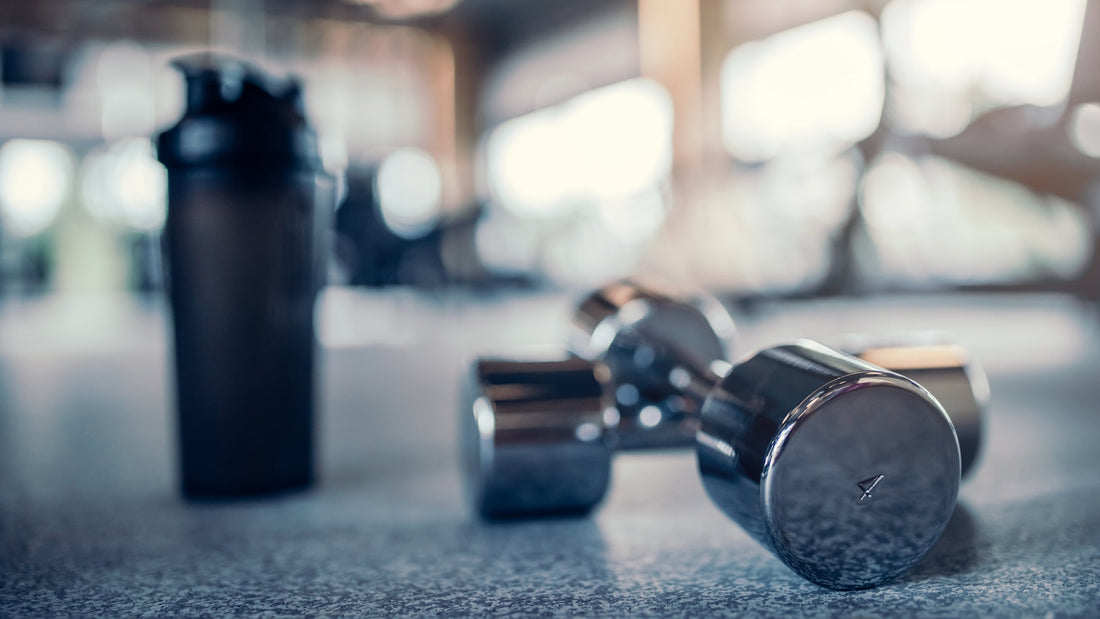
PTI Grip + Lift Straps: Building a Two‑Layer Defense for Bullet‑Proof Pulls
Share
Lift straps are a staple for heavy pulling—nothing shifts load from tired fingers to sturdy wrists quite as effectively. When you’re chasing maximal deadlifts or high‑volume shrugs, a solid pair of straps lets your back and legs determine the set, not your grip. Still, straps have blind spots: they take time to loop, they muffle bar feedback, and they feel clumsy on narrow cable handles or during quick‑fire supersets.
PTI Grip wasn’t designed to replace your straps; it was designed to handle everything straps don’t. Think of PTI Grip as the fast‑deploy clamp that covers warm‑ups, machine work, and accessory movements—while your straps stay reserved for all‑out max pulls. Together they form a two‑layer system that keeps your training flowing and your hands locked in under any load.
Where Straps Excel — and Where They Don’t
What straps do best
-
Let you pull past raw‑hand limits on deadlifts, rows, and heavy carries.
-
Shift strain from small finger flexors to larger wrist structures, preserving grip endurance for PR attempts.
Where straps struggle
-
Setup takes time; threading and tightening between sets disrupts tempo.
-
Layers of fabric reduce tactile feedback with the knurling.
-
On cable attachments or narrow handles, even the best straps bunch or slip.
-
After long sessions, fabric absorbs sweat and chalk, leading to odor and fraying.
How PTI Grip Complements Your Straps
PTI Grip uses a patent‑pending clamp that snaps over any bar or handle. Close your hand and the jaws tighten automatically—no winding, no diameter change, and no loss of bar feel. Because there’s nothing to wrap, you can move from barbell to dumbbell to cable station in seconds.
Key advantages PTI Grip brings to the combo
-
Instant on/off for warm‑up sets, back‑off volume, and machine exercises.
-
Unfiltered knurl feedback, so you refine technique even when your hands are secure.
-
Compatible with straight bars, trap‑bar handles, and most cable or pulley grips—places straps feel awkward.
-
Composite build wipes clean; no fabric to launder or leather to break in.
Dig into the specs here: PTI Grip.
A Practical Session Flow
-
Warm‑Ups
-
Clip PTI Grip on for double‑overhand work. You get traction without delaying the clock.
-
-
Heavy Work Sets
-
Swap to your trusted straps for 90 %+ singles or high‑stress triples where maximal wrist leverage matters.
-
-
Volume & Accessory Lifts
-
Unloop once, then use PTI Grip for speed pulls, rows, cable face‑pulls, and finishers—keeping pace high and gear changes minimal.
-
-
Raw Grip Training
-
Strip away both aids for farmer’s carries or plate pinches. Your forearms still get the direct work they need.
-
Why This Two‑Tool Strategy Works
-
Efficiency PTI Grip eliminates downtime in multi‑station circuits; straps step in only when their leverage advantage is irreplaceable.
-
Technique Because PTI Grip retains full knurl contact, you maintain bar‑path awareness on every rep.
-
Equipment Care No chalk clouds, no sweat‑soaked cotton, no sleeve residue—just a quick clamp you can wipe and stow.
-
Longevity Straps eventually fray; PTI Grip’s composite clamp resists wear session after session, sparing your straps for big‑day duty.
Origin at a Glance
PTI’s founders developed the clamp after noticing how much time lifters lost swapping or rewrapping gear between sets. Their engineering goal was simple: create a device that extends grip security to every station in the gym without slowing anyone down. Read the full story here: Our Story.
Ready to Pair Up?
A great training bag carries both a reliable pair of lift straps and a fast‑clamp accessory. Use PTI Grip wherever speed, comfort, or bar feel take priority—then reach for straps when absolute weight demands maximum wrist anchoring. Together they form a seamless grip strategy that keeps sessions tight, hands healthy, and pulls progressing.
Add PTI Grip to your toolkit and feel the difference the next time you slide plates onto the bar: Shop PTI Grip.
